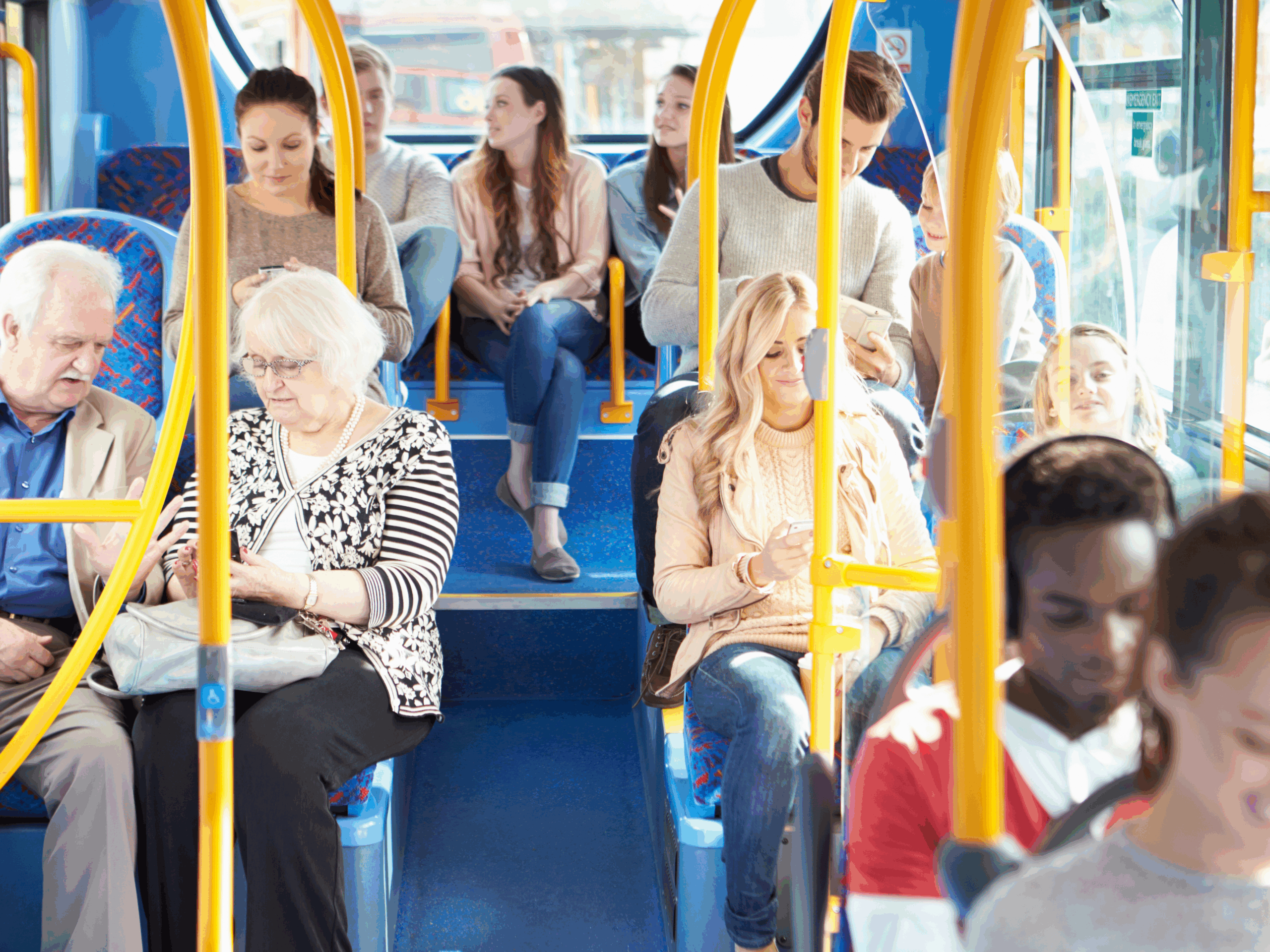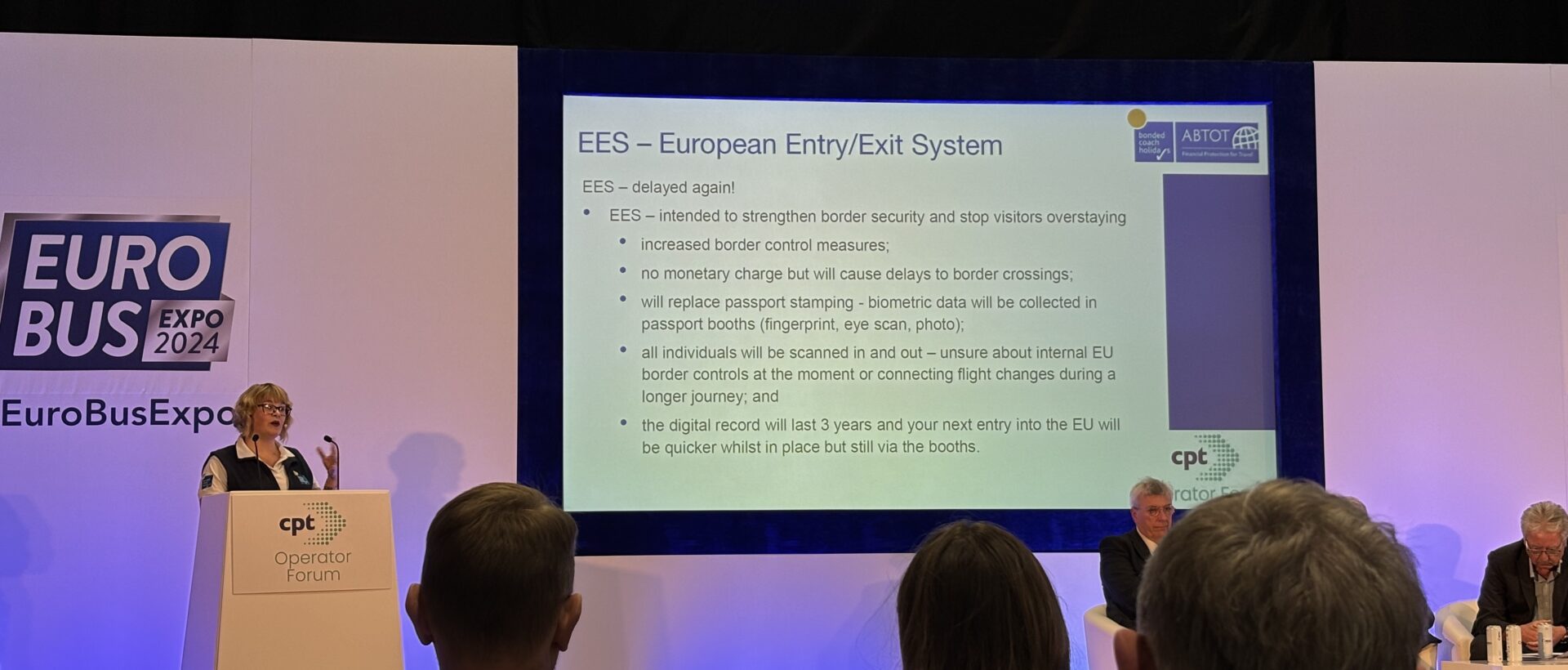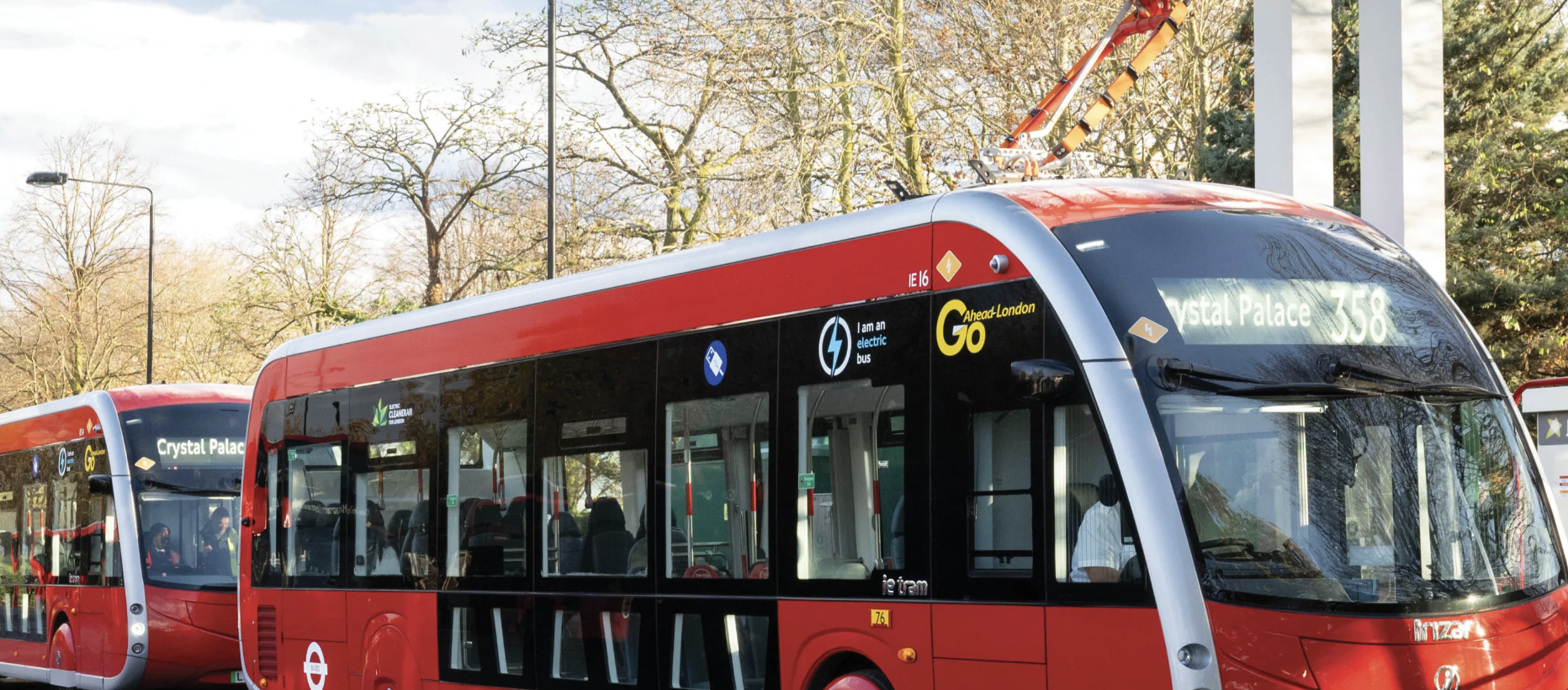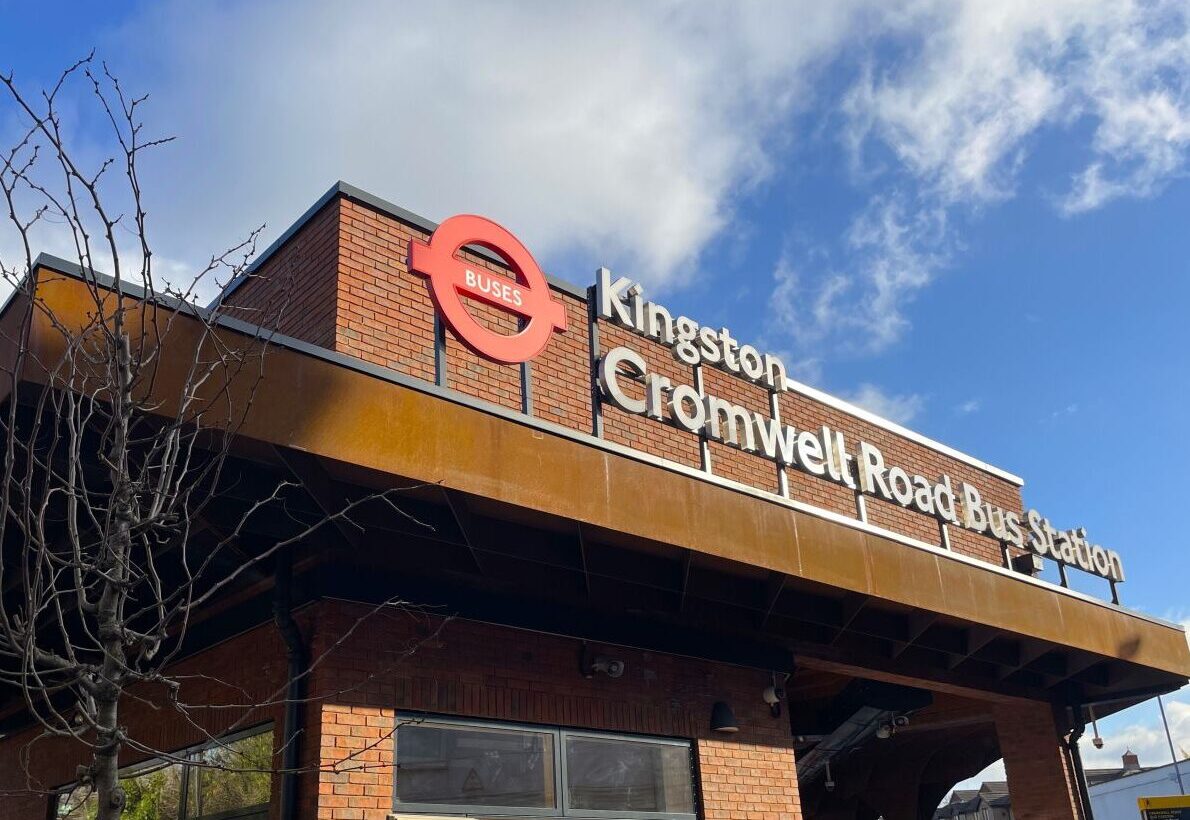During Global Mobility Call, industry leaders celebrated the continued rise in bus ridership throughout Spain, providing a more sustainable alternative to private vehicles. Notably, this modal shift was greatly attributed to affordability, highlighting the positive impact of low bus fares.
This influence likewise indicated the risk of rising bus fares elsewhere in the world, with the UK currently set to increase and eventually terminate its current 2 GBP single bus fare cap.
Increased Ridership
At Global Mobility Call, Víctor López Menéndez, CEO of Alsa Group highlighted the increased demand for bus services across Spain, with ridership numbers now significantly surpassing pre-pandemic levels.
Indeed, Spain’s National Statistics Institute (INE) reports that in 2024, bus ridership across the country is experiencing double-digit growth for urban, interurban, and long-distance routes.
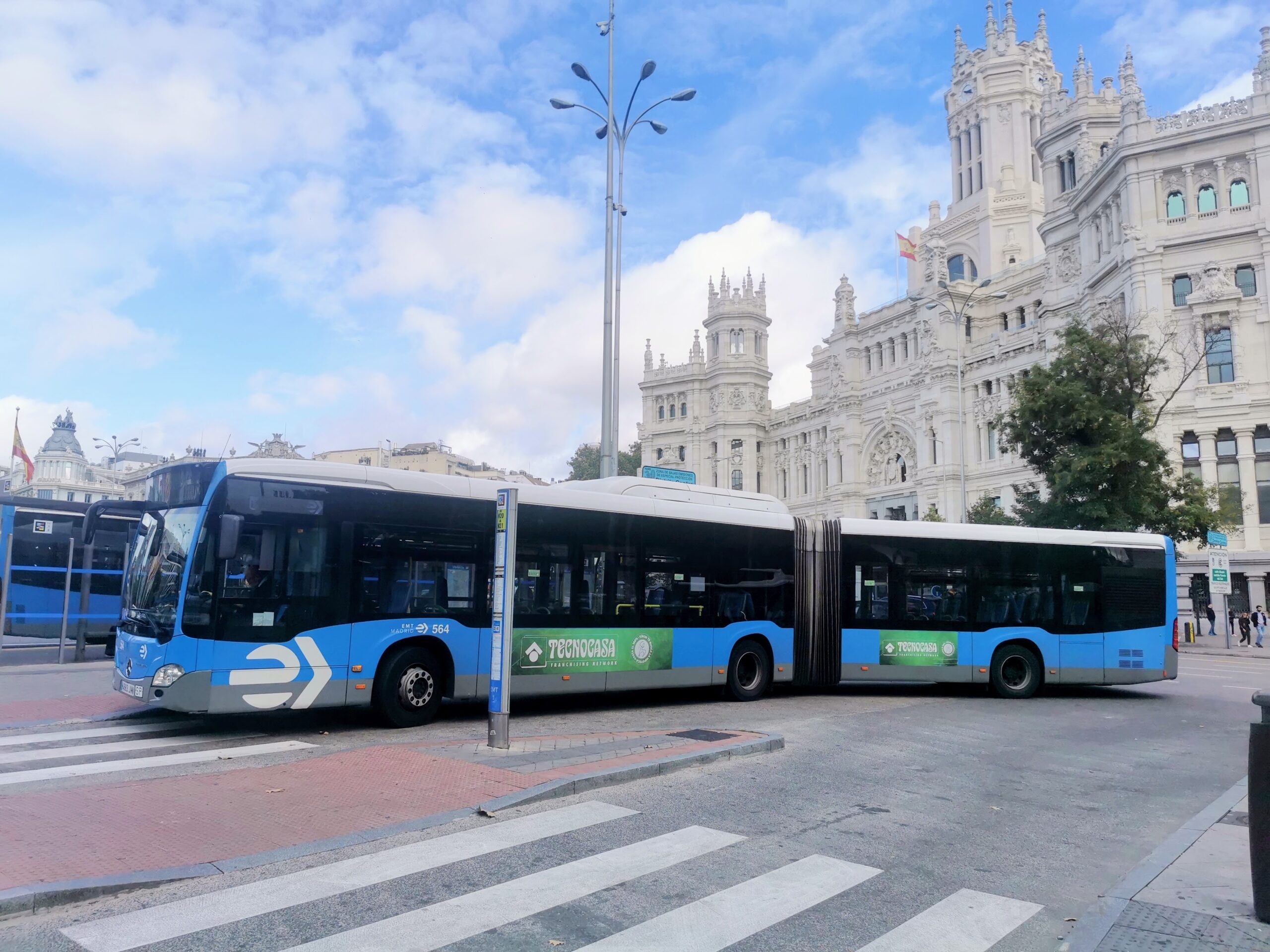
Multiple factors arguably influence this success, with Julián Sastre González, President of Instituto de Movilidad stressing three main priorities for public transport to encourage a modal change:
- Accessibility – Fleet and infrastructure need to be accessible, as does journey information and timetabling. In addition, prices need to be affordable and tickets easy to obtain.
- Integration – All modes of transport should be integrated for optimised mobility. This includes scheduling and timetabling considerations, alongside ticketing options.
- Supply and demand – Operators need to meet the demand for efficient and reliable services. What’s more, enough services and capacity should be provided to accommodate ridership levels.
During a discussion at Global Mobility Call, the panellists highlighted that, in Madrid, meeting capacity demand is a notable challenge. Indeed, Pablo Rodríguez Sardinero, managing director of the Regional Transport Consortium of Madrid (CRTM) asserted that the city offers quality services with modern vehicles. However, the network does not always offer enough capacity due to demand growing quickly in a short space of time. For example, Víctor López Menéndez, CEO of Alsa Group stressed that it takes around 9-10 months to roll out new buses into service, which does not keep pace with rising passenger numbers.
This challenge highlights a large discrepancy compared to public transport networks elsewhere in the world that are still striving to recover pre-pandemic numbers. For example, in the San Francisco Bay Area, ridership figures are at just 50% of pre-covid levels. In England, bus ridership in areas outside London has recovered to approximately 82% of pre-pandemic levels, aided by initiatives such as the national 2 GBP fare cap, yet still reflecting the ongoing challenge of reviving public transport post-pandemic.

The panel discussion acknowledged that Spain’s increase in ridership is partly due to economic factors. Indeed, Julián Sastre González, President of Instituto de Movilidad, noted that economic growth enables citizens to do more and move about more. In addition, González also attributed Spain’s success to the nation’s fare concessions, which have significantly driven down public transport pricing. He highlighted that lower fares make the network more attractive to new users, while caps and flat rates encourage existing users to ride more often without costing them more money.
Prioritising Pricing
In a recent research study commissioned by Alsa, 80% of respondents indicated that pricing is a key consideration when choosing whether to use public transport. Meanwhile, 40% of people indicated they would stop using services if the current discounts were removed.
González stressed that these figures consequently highlight the risk of discontinuing current concession schemes, which could greatly impact ridership numbers and increase the use of private cars. This also presents a danger for transport operators investing in increased capacity if the current demands are short-lived.
In areas of England outside of London, this concern will soon become a reality, with the 2 GBP fare cap rising to 3 GBP after 31 December 2024. The new rate will last for a year before the scheme is expected to end entirely at the end of 2025.
This 50% fare increase comes in spite of the scheme’s credit for helping to recover ridership, encouraging current users to take the bus more, while also attracting new customers. Indeed, in recognition of this benefit, several regions are taking matters into their own hands to fund the continued 2 GBP fare cap in their areas. For example, the metro mayors in West Yorkshire, Greater Manchester and Liverpool City Region have confirmed they will extend the 2 GBP fare cap for 2025. However, elsewhere in England, passengers will have to pay 3 GBP for each single journey, which does not cover transfers between routes.
Steve Rotheram, Mayor of the Liverpool City Region said:Affordable and reliable bus services are key to ensuring that everyone, no matter their income or background, can get to work, access education, or simply enjoy all that our region has to offer.
When I was re-elected I made a commitment to keep bus fares in the region as low as possible, and I’m proud to deliver on that commitment. By saving the £2 cap we’re really demonstrating the power of devolution. It gives us the freedom to take bold action, ensuring that the decisions we make are directly driven by the needs and priorities of the people who live here.
Overall, the discussions at Global Mobility Call underscore the critical role affordability plays in driving public transport ridership. Spain’s success, with bus usage now exceeding pre-pandemic levels, highlights the value of low fares and fare concessions in encouraging modal shift and reducing reliance on private vehicles.
This approach offers valuable lessons for policymakers worldwide: affordable, integrated, and reliable public transport is not just an environmental or mobility solution—it is an economic imperative. To ensure lasting impact, governments and operators must continue investing in initiatives that prioritise equitable access to transport.













